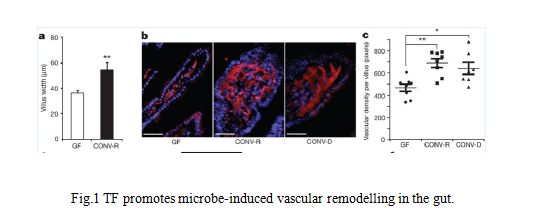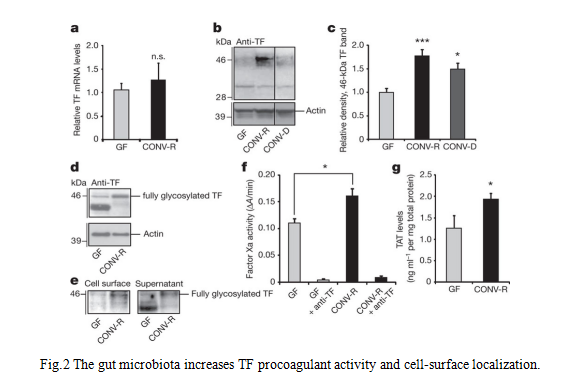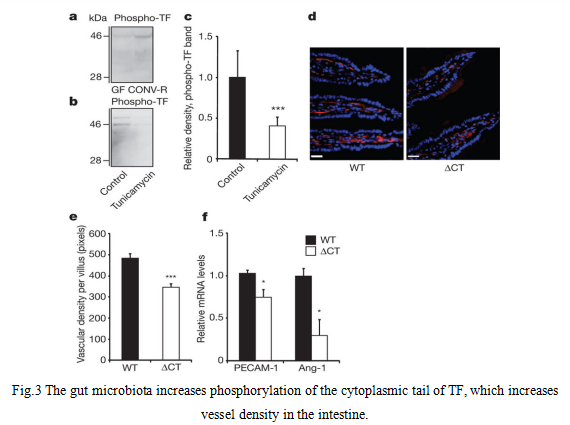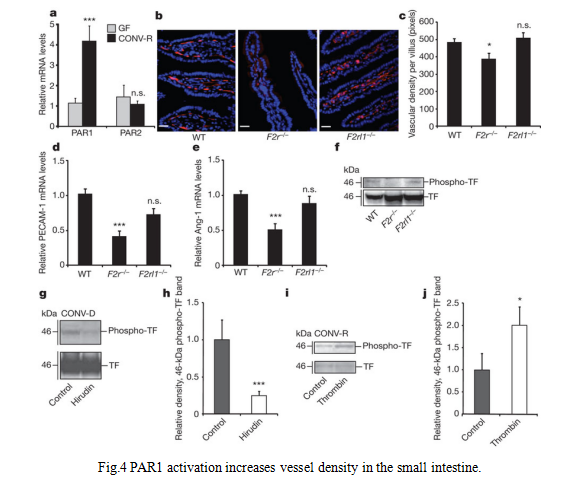The gut microbiotan is induced intestinal vascular remodelling, “Nature” for your interpretation
The relationship between microbes and human health has always been concerned. In recent years, the study of gut microbiota has become the current hotspot in life sciences and medical research with the application of high-throughput sequencing and metagenomics, more and more scientific researchers have forced on this field. Scientists find that gut microbiota can participate in and regulate the body's physiological functions, affect weight and digestion, defense a variety of diseases caused by the exogenous infections. In addition, it is closely related with some endogenous diseases, like endocrine disease, intestinal disease, neurological disease, cancer and so on. One article, named “tissue factor and PAR1 promote microbiota-induced intestinal vascular remodelling”, had been published in Nature in 2012, it revealed that gut microbiota was a key factor affecting vascular remodelling. The conclusion has provided new ideas for improving intestinal homeostasis, modulating the absorptive capacity of the gut, treating the obesity and so on.
The gut microbiota could promote increased intestinal villus width and vessel density in the small intestine (partial data was shown in Fig.1), but little is known about the genes and proteins involved. Here the article showed that the gut microbiota promoted TF glycosylation associated with localization of TF on the cell surface (shown in Fig.2), the activation of thrombin, and phosphorylation of the TF cytoplasmic domain in the small intestine (shown in Fig.3), which increased vessel density in the small intestine. Meanwhile, PAR1 activation and expression were induced and worked (shown in Fig.4). Angiopoietin-1 (Ang-1) was also required specifically for the process. In a word, the gut microbial can promote intestinal cells connected with sugar molecules and specific proteins, thereby inducing signal transduction.




It is worth mentioned that TAT complex was detected with ELISA kit of SEA831Hu in this article. Thrombin-Antithrombin complex (TAT) formed following the neutralization of thrombin by antithrombin III have been used as a sensitive marker for thrombin generation and activition. TAT complex is a useful marker to diagnose and treat coagulation- anticoagulant changes under physiological and pathological conditions, such as, cancers, organ transplantations, thrombotic diseases, etc.
